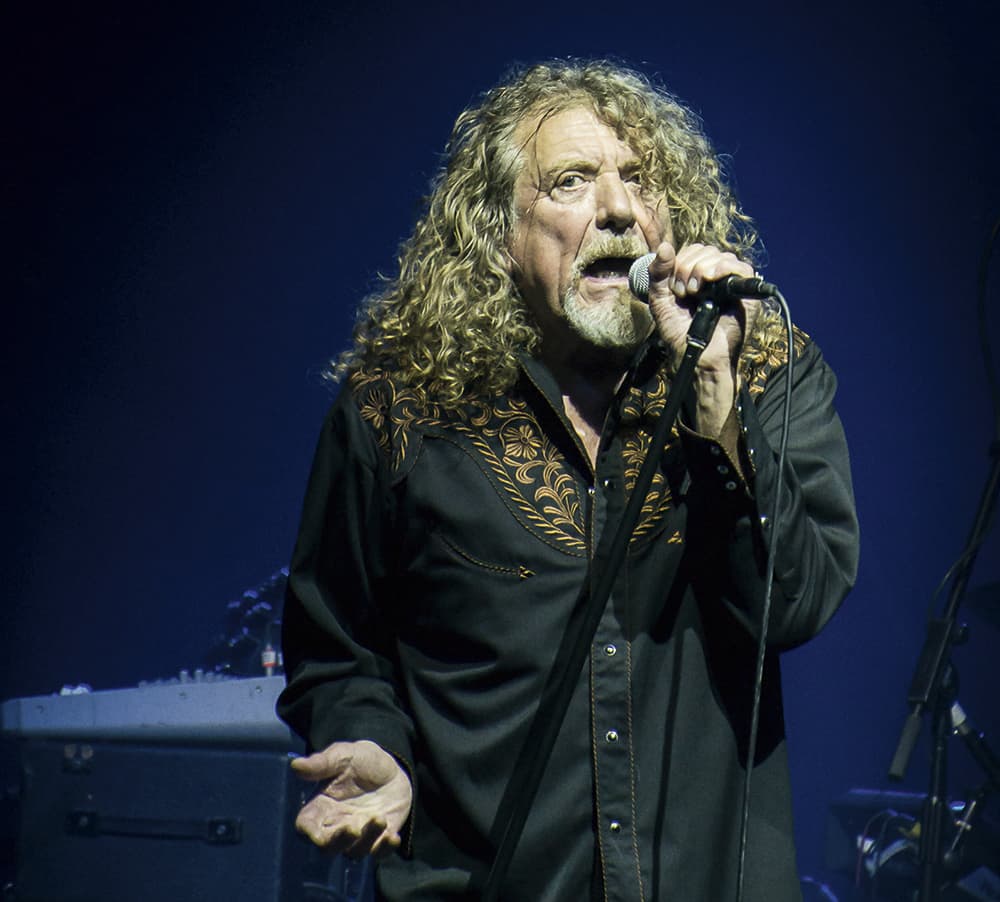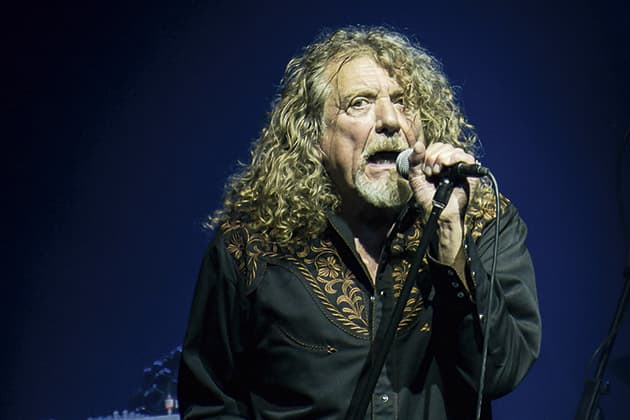
Focus on the performer’s face, and avoid photographing stage paraphernalia. Image by Geoff Harris
If you’re into photography and music, the chance to shoot a live concert ticks two big boxes. Gig photography isn’t easy, though, and even pros have to work under tough conditions. Often they can only stay in the photo pit for three songs, they can’t use flash, and they are jostling with other photographers to get the best shot. Life’s even harder for the poor punter stuck in the crowd. That said, it’s not impossible to get reasonable gig shots without good access.
When it comes to gear, pro-looking SLRs will often get confiscated by security, so you may be better off using a bridge compact or a CSC with a longer lens. They’re smaller and more discreet.
Here are some helpful tips.
- If you’re taking a long lens, keep it separate from your camera body, or choose a smaller, retracting one. When shooting, work fast and be discreet – so don’t overshoot. If you’re challenged by security, stay polite; they can’t force you to delete images.
- Flash is pointless back in the crowd, so you need to use a long, fast lens with a wide aperture (ideally f/2.8) and to increase the ISO sensitivity as necessary. Most modern-day cameras now keep noise down even when photographing at quite high ISOs.
- AF can struggle in low light, while metering can struggle with changing stage lights. Use continuous focus (AI Servo on Canons) and image stabilisation. Focus on the performer’s eyes/face and pick the fastest shutter speed possible. Check the histogram for blown highlights.
- Composition is another challenge. Being closer to the stage will help avoid the crowd’s heads and waving arms. Also, try to avoid photographing mics or other stage paraphernalia cluttering up the composition. Shoot raw for maximum editing latitude.







